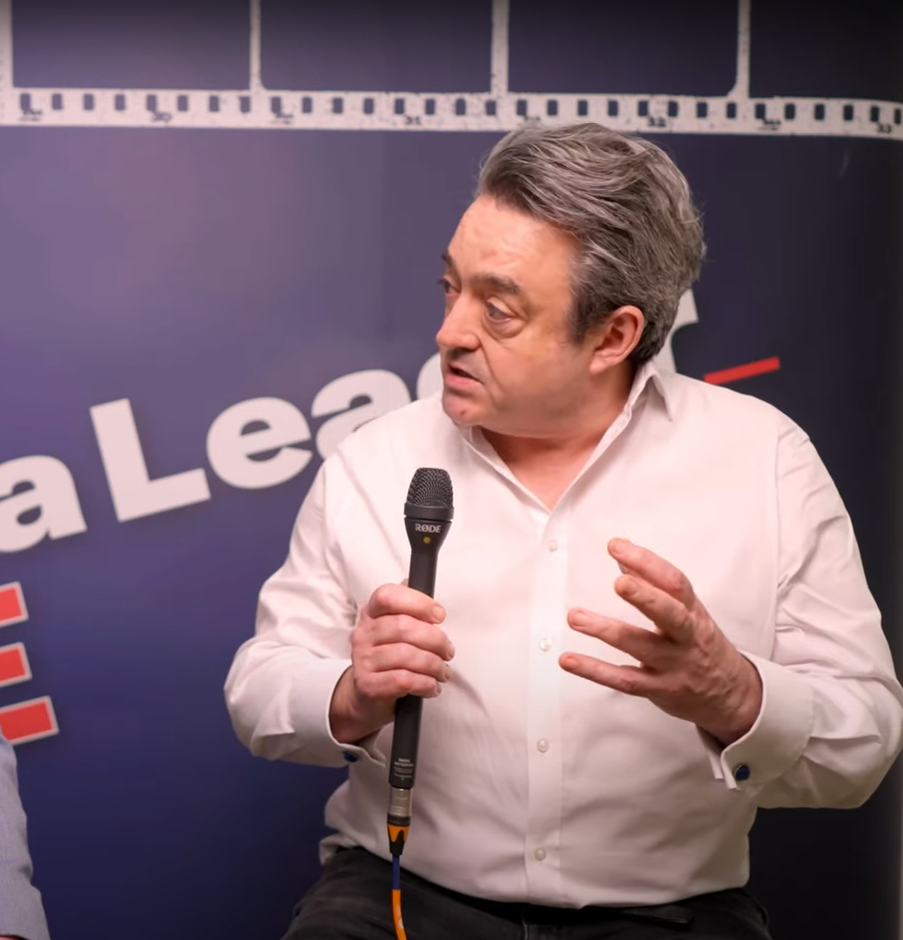Developing communication strategy for addressable campaigns
The received wisdom of the advertising industry is that brand fame and mass awareness should be a core objective.
Sir John Hegarty, the founder of BBH and one of the most talented creative directors of this generation put forward the view that social media advertising has stopped brands entering the national psyche and are consequently not desired in the same way.
‘One of the most profound and fundamental things you can say about the value of a brand is that it is made by people who will never buy it. A brand's real power lies in people simply knowing about it, in other words, the fame of the company.’
BBH’s iconic Levi Launderette campaign quickly achieved fame; launching on ITV on Boxing Day 1985, it reached a massive captive youth audience, it also ran in cinema. Anecdotally, people went just to see the ad. It was voted one of the greatest ever ads and generated an 800 per cent sales uplift.
Could it do the same now? It’s almost impossible to have the same access to a young audience through a few channels and any fashion brand would certainly include heavy social media investment on any schedule, especially on Instagram and TikTok probably using influencers. So, according to Sir John’s assessment of social media, probably no!
What addressable media can do is create the same level of exposure, but to a much smaller and controlled cohort of identified potential customers. Sir John’s objective can be delivered, but not to a mass audience. We can create fame, but only amongst specific high potential audiences.
But, without doubt, addressable media can be over-targeted, and this can limit its effect. It’s not direct marketing. It’s important to apply the same planning disciplines to an addressable campaign that would have been used on a traditional ‘broadcast’ campaign; but aim to build awareness by only talking to groups of engaged consumers and influencers.
Frequency of exposure is also very important; advertising doesn’t work until seen a certain number of times and can become mind crunchingly irritating if over exposed.
What worked in a simple 1980’s market with little choice can’t be delivered at scale in a complex, post channel world, but same communication principles still apply.
The solution is to address advertising to known consumers, our focus is how to find them.
OPTIMISING FOR THE RIGHT THING
The explosion in usage data generated by digital devices should mean better consumer insight, but it often doesn’t. There is too much irrelevant or inaccurate data. It makes it more complicated to get a genuine perspective. Real people have complex, messy lives and they don’t easily fit into stereotypes or segmentations that are produced by looking at one data source.
Some people are massively overexposed to digital and social media; others avoid it like the plague. Trying to analyse consumers just through the lens of social media or social listening can give a false reading, a genuine example of ‘selection bias,’ by only counting the opinions of people who are frequent users of Twitter or X.
The UK’s population is far more complex and made up of many diverse tribes. Addressable media allows brands to communicate specific messages to diverse groups.
According to the 2021 census, 40.3% of Londoners weren’t born in the UK. This probably doesn’t show up on most brand segmentations but is a critical issue for any brand to address to succeed in one of the most important markets in Europe. 10 million inhabitants of the UK were born abroad.
There is a genuine divide in the UK; London is a genuinely diverse, digital first economy, many other areas aren’t. This needs to be brought into marketing strategy.
There is a far greater nuance and complexity to targeting, it requires objective, forensic data to allow successful addressable targeting. Add to this that consumers are the antithesis of what their devices tell us about them; they are illogical, make irrational decisions, are loyal to brands, football clubs and stuff that makes no sense. Consumers respond to persuasion and emotional stimuli as well rational logic.
The old adage of advertising reaching the right people, in the right place, with the right message was never more relevant than now, but it is significantly more complicated. There is an explosion in the number of channels and data to target people and a greater chance of ineffective, imprecise targeting.
ADDRESSABLE MEDIA STRATEGY – PINSIGHT TECHNOLOGY
Addressable activity should look like ‘normal’ advertising to the groups who are being targeted, using the same channels, same quality of content, just more relevant to a particular audience.
This might involve adapting content to highlight specific shopping locations, local events, offers or any variable that will be important for an audience. Addressable TV campaigns start at less than £50,000 and can be on air in a matter of weeks, high quality TV commercials can be made from adapted assets in days and on affordable budgets. Every medium is genuinely in scope, the only limit is an advertiser’s ambition and imagination. Why is this relevant, because activating multiple media channels drives better performance.
Our approach to addressable media replicates this. We believe that addressable strategies should be multi-channel and operate across the whole customer journey.
We are developing PINSIGHT, an audience-based planning and mapping tool that will allow us to easily understand the individual addressable opportunity of each medium by audience and location. This will allow us to take an audience first approach and then assess all available channels.


Download 'The Retail Accelerator: Achieve business growth with addressable marketing'
Discover how addressable media can transform your retail strategy - download the white paper now.
Office
1st Floor
21 Berners Street
London, W1T 2PX
Be Addressable



